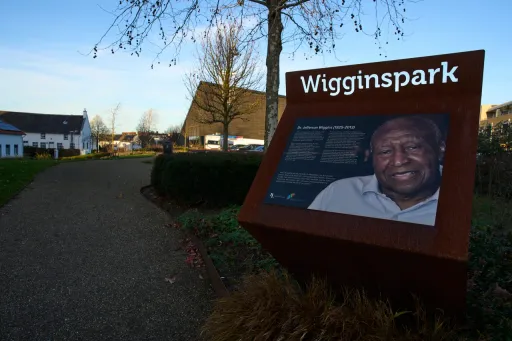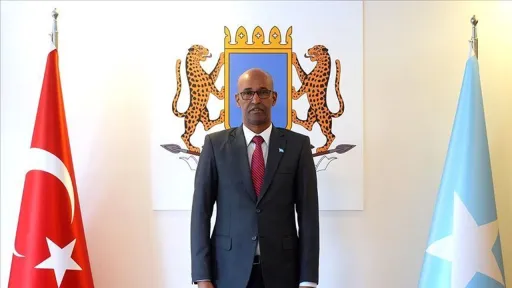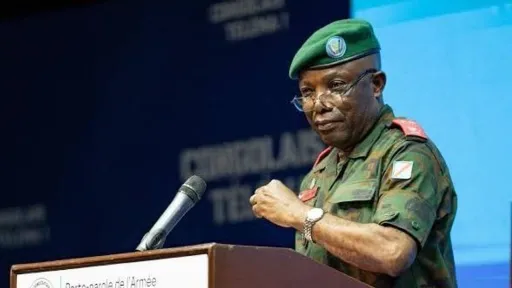A selection of South African artworks produced during the country’s apartheid era that ended up in foreign art collections is on display in Johannesburg to mark 30 years since the country's transition to democracy in 1994.
Most of the artworks were taken out of the country by foreign tourists and diplomats who had viewed them at the Australian Embassy in the capital, Pretoria.
The artworks reflect the daily struggles of the country’s black majority during the apartheid era and the effects of racial segregation policies, Ifa Lethu Foundation which is hosting the event say.
The organisation has repatriated more than 700 pieces, including works by South African artist Gerard Sekoto, who died in Paris in 1993.
Calls for reflection
Similar efforts have been made across Africa, including in Benin and Nigeria.
The event, which is being held at the Apartheid Museum in Johannesburg, will exhibit among other works a 1987 piece titled “Mineworkers” by South African artist Mike Khali that addresses the plight of migrant workers in South African gold mines.
“We need to reflect on the fact that we did not just magically emerge as artists, there were people who laid the way forward regardless of whether their context was difficult, complicated, undoable, they were resilient in what they were doing,” said Lawrence Lemaoana, a contemporary artist whose work is also on display.
“In this period, art by black artists was not considered worth including in South African museums, galleries, or corporate or private collections,” notes exhibition curator Carol Brown.
“For much of their lives, art materials, books, and exhibitions were denied to them,” Brown writes in her curator’s statement.
The exhibition runs until July 31.
























